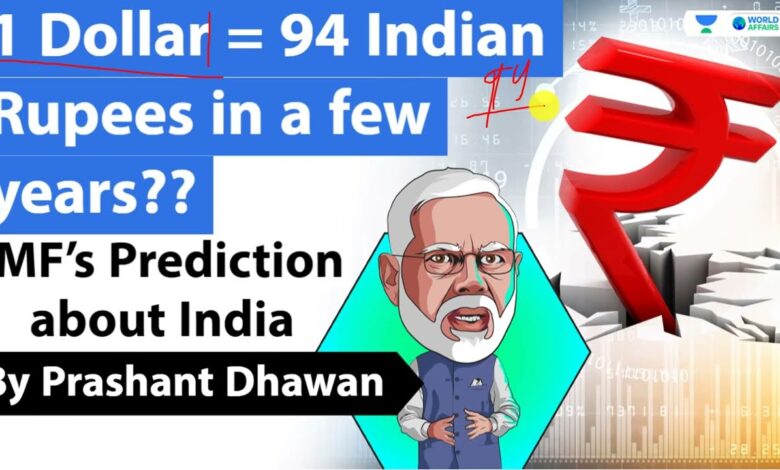Understanding USD to INR Selling Rate Factors Affecting the Exchange Rate


Are you planning to send money to India or invest in the Indian currency? One of the most important factors to consider is the USD to INR selling rate. This exchange rate determines how much Indian rupees you can get for each US dollar you exchange.
In this article, we will delve deeper into the factors affecting the USD to INR selling rate and how you can use this information to make informed decisions.
What is USD to INR Selling Rate?
Before we discuss the factors affecting the USD to INR selling rate, let’s first understand what it means. The USD to INR selling rate refers to the amount of Indian rupees you can get in exchange for one US dollar. It is the rate at which banks and other financial institutions sell US dollars in exchange for Indian rupees.
The USD to INR selling rate varies from day-to-day based on various factors such as market demand and supply, economic indicators, political stability, and global events.
Factors Affecting USD to INR Selling Rate
Several factors affect the USD to INR selling rate. Let’s take a closer look at each of them:
1. Market Demand and Supply
The law of supply and demand dictates that when demand for US dollars increases, its value rises while the value of the Indian rupee falls, and vice versa. For instance, when there is an increase in demand for US imports or investments, the demand for US dollars rises, leading to an appreciation in its value against the Indian rupee.
Similarly, when there is an increase in demand for Indian exports or investments, the demand for the Indian rupee rises, leading to an appreciation in its value against the US dollar.
2. Economic Indicators
Economic indicators such as inflation, interest rates, Gross Domestic Product (GDP), and trade balance significantly affect the USD to INR selling rate. For instance, when inflation is high, it reduces the purchasing power of a currency, leading to a decrease in its value against other currencies.
Similarly, when interest rates increase, it attracts foreign investors, leading to an appreciation in the value of the currency. A higher GDP indicates a strong economy, which leads to an appreciation in the currency’s value.
3. Political Stability
Political stability plays a crucial role in determining the exchange rate. A stable government with a good economic policy that encourages foreign investment leads to a more favorable exchange rate. On the other hand, political instability and uncertainty can lead to a fall in the currency’s value.
4. Global Events
Global events such as natural disasters, political tensions, and wars can also affect the USD to INR selling rate. These events can cause market volatility, leading to fluctuations in the exchange rate.
How to Monitor USD to INR Selling Rate
To make informed decisions when sending money to India or investing in the Indian currency, you need to monitor the USD to INR selling rate regularly. You can do this by using financial news websites, mobile applications, or subscribing to alerts from your bank or financial institution.
It is also important to consider historical trends and patterns to predict future movements in the exchange rate. This can help you make informed decisions about when to buy or sell US dollars or Indian rupees.
Conclusion
The USD to INR selling rate is a crucial factor to consider when sending money to India or investing in the Indian currency. It is affected by various factors such as market demand and supply, economic indicators, political stability, and global events.
By understanding these factors and monitoring the exchange rate regularly, you can make informed decisions that will help you get the best value for your money.




